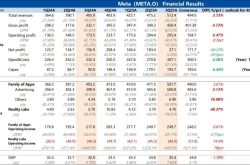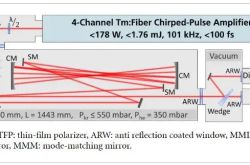Huawei Opens Sources Its "CANN," Challenging NVIDIA's CUDA Dominance!
![]() 08/06 2025
08/06 2025
![]() 519
519
On August 5, 2025, at the Ascend Computing Industry Development Summit, Huawei made a groundbreaking announcement: the open-sourcing of its Compute Architecture for Neural Networks (CANN) and the full openness of the Mind series of application enablement suites and toolchains. This strategic move signifies a significant leap for Huawei in the AI chip industry, aimed at accelerating developer innovation, enhancing the usability of Ascend chips, and bolstering ecological competitiveness, all while challenging NVIDIA's CUDA dominance.
CANN, the core software architecture of Huawei's Ascend chips, serves as a bridge between upper-level AI training frameworks (like PyTorch, TensorFlow, MindSpore, etc.) and the underlying Ascend chips. It enables developers to efficiently harness the chips' computing power without delving into intricate chip details. CANN's role is akin to NVIDIA's CUDA, currently the world's foremost and most influential GPU-accelerated computing architecture.
Huawei's CANN research and development commenced in 2019, and after years of relentless effort, it has achieved remarkable progress. In 2024, Huawei unveiled CANN version 8.0, incorporating over 200 deeply optimized basic operators, more than 80 fusion operators, and over 100 Ascend C APIs, significantly enhancing development efficiency. Furthermore, CANN is already compatible with various deep learning frameworks and third-party libraries, including PyTorch, MindSpore, TensorFlow, and more.

To further broaden CANN's ecological influence, Huawei announced its open-sourcing in August 2025. This decision not only reduces learning and usage costs for developers but also accelerates CANN's technical iteration through community contributions. Additionally, Huawei has launched the "CANN Open Source and Open Ecosystem Co-construction Initiative" with leading AI enterprises, partners, universities, and research institutions, aiming to unite industry forces in building the Ascend ecosystem.
NVIDIA's CUDA ecosystem, honed over years, presents a high technical barrier and user loyalty. Developers considering a migration from CUDA to other platforms often face the need to rewrite extensive code, potential issues with immature alternative libraries, and the loss of a large community's technical support. However, Huawei's CANN open-source strategy is poised to disrupt this status quo.
By open-sourcing CANN, Huawei not only lowers the entry barrier for developers but also accelerates Ascend technology iteration through community contributions. To further ease the transition from CUDA to CANN, Huawei deploys engineers to assist customers with code migration and performance optimization. Additionally, CANN's open-source approach has attracted cost-conscious customers and those seeking alternative solutions, particularly in the Chinese market.
Huawei's open-sourcing of CANN not only challenges NVIDIA's CUDA ecosystem but also presents new opportunities for the global AI chip market. It will expedite the ecological development of Ascend chips and draw more developers into the Ascend ecosystem. Simultaneously, it serves as a benchmark for other domestic AI chip manufacturers, fostering the growth of the domestic AI chip industry.
As the CANN ecosystem continues to evolve, Huawei is poised to assume a more prominent role in the global AI chip market. The open-sourcing of CANN is not only a testament to Huawei's technological prowess but also a crucial step in advancing global AI technology.








